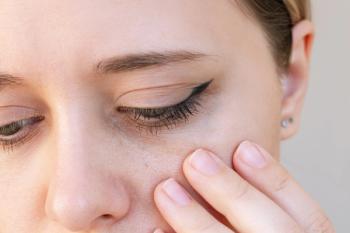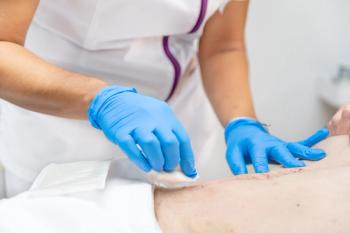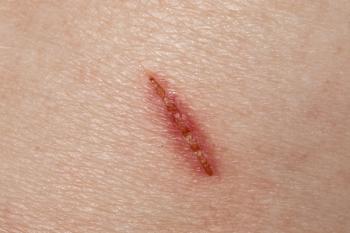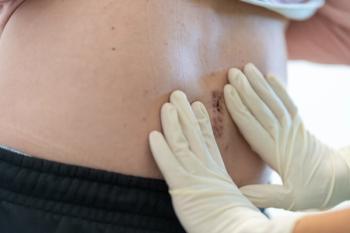
The Burden of Wound Care
A study investigated the clinical and economic burdens of wound care in the Tropics during a 5-year institutional review.
In an article published in the International Wound Journal, researchers evaluated the clinical and economic burden of wound care in the Tropics during a 5-year institutional population health review that occurred from 2013 to 2017.1
The 55,583 wounds included in the study were classified into different subtypes: neuro-ischaemic ulcers (NIUs), venous leg ulcers (VLUs), pressure injuries (PIs), and surgical site infections (SSIs). There were 41,461 patients admitted during that time with a 95.1% increase in wound episodes per 1000 inpatient admissions during this period (142 and 277 wound episodes per 1000 inpatient admissions in 2013 and 2017, respectively).
In 2017, the average amount of time a patient had to stay in the hospital for wound care were 17.7. This is 2.4 times higher than the author’s intuition, Northern Illinois University (NIU), admission times and the average gross charge per wound episode was $12,967.
For the year of 2017, it was found that 71.5% of the 12,218 patients with 16,674 wound episodes were more than 65 years of age with an average Charlson Comorbidity Index (CCI) of 7.2. A little more than half of the patients (51.9%) were moderately or severely frail, according to the researchers, while 41.3% had 2 or more wound-related admission episodes. During that same year at NIU, the gross health care costs for all inpatient wound episodes stood at $216 million within hospital care and $596,000 within primary care. Most NIU patients (97.2%) had diabetes and they had the most comorbidities (average CCI of 8.4) and were the frailest group of patients (44.9% severely frail).
The majority of the VLU disease burden was at the specialist outpatient setting, with the average 1-year VLU recurrence rate at 52.5% and median time between healing and recurrence at 9.5 months, according to the article.
Patients with PI were the oldest (86.5% more than 65 years-old) out of the 4 different subtypes and it also constituted the largest cohort of patients—3,874 patients at an incidence of 64.6 per 1,000 admissions in 2017. The PI cohort also had a 1-year all-cause mortality rate of 14.3%.
For SSI patients, there was a 125% increase of 14.2 SSI wound episodes per 1,000 inpatient admissions in 2013 to 32.0 in 2017, and a 413% increase in wound-related 30-day readmissions, from 40 in 2013 (4.1% of all surgeries) to 205 (8.3% of all surgeries) in 2017.
“The estimated gross health care cost per patient ranges from USD $15,789-17,761 across the wound categories,” the authors concluded. “Similar to global data, there is a significant and rising trend in the clinical and economic burden of wound care in Tropics.”
Reference:
1. Lo ZJ, Lim X, Eng D, et al. Clinical and economic burden of wound care in the tropics: a 5-year institutional population health review. Int Wound J. 2020;17(3):790-803. doi:10.1111/iwj.13333
Newsletter
Like what you’re reading? Subscribe to Dermatology Times for weekly updates on therapies, innovations, and real-world practice tips.

















